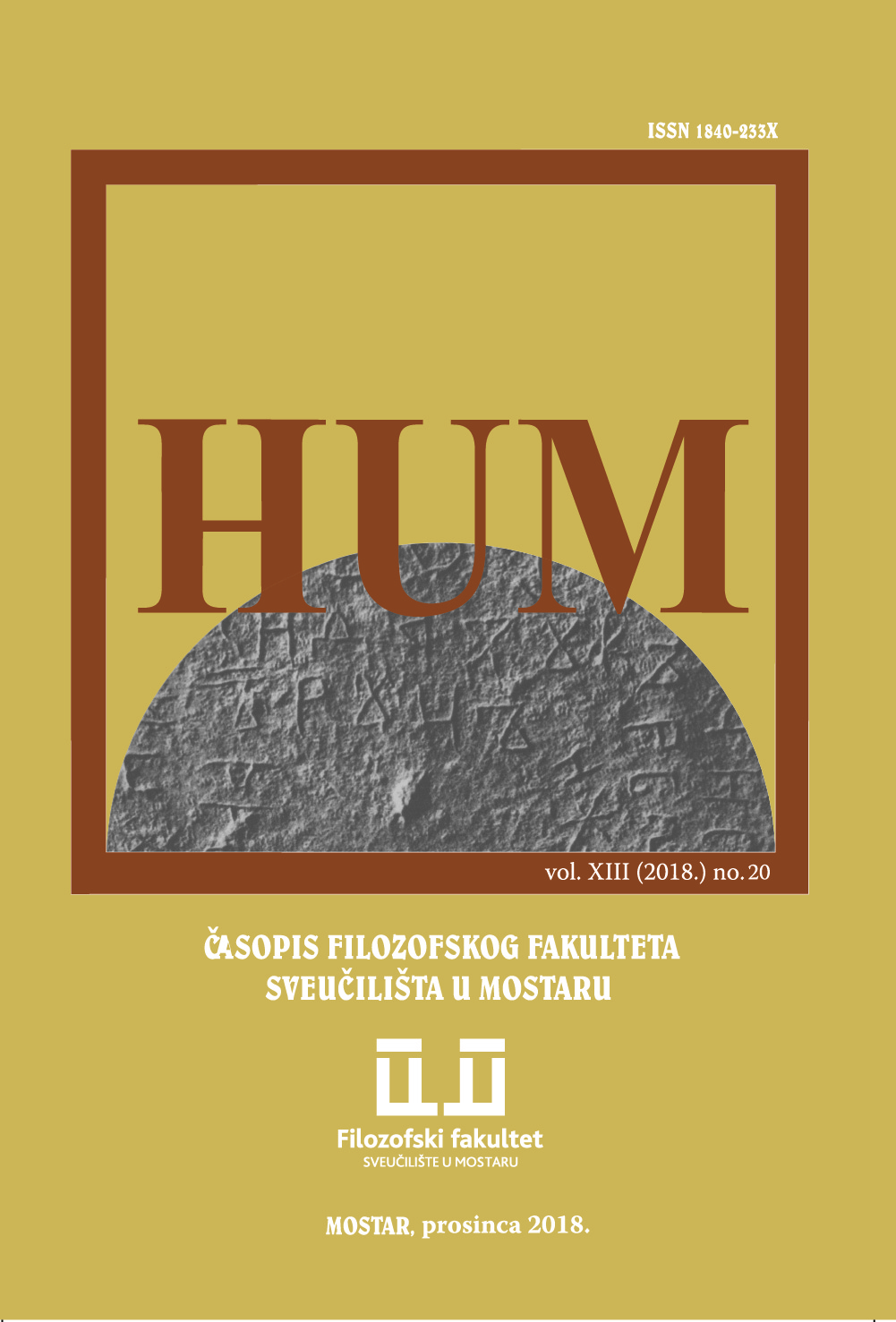THE LINGUISTIC LANDSCAPE IN THE BRIJUNI NATIONAL PARK
THE LINGUISTIC LANDSCAPE IN THE BRIJUNI NATIONAL PARK
Author(s): Lina Pliško, Renata ŠamoSubject(s): Language and Literature Studies, Applied Linguistics, Sociolinguistics
Published by: Filozofski fakultet Sveučilišta u Mostaru
Keywords: Brijuni National Park; linguistic landscape; signs and inscriptions; language use; language awareness;
Summary/Abstract: The current paper can be seen as one of the first Croatian contributions to Linguistic or Language Landscape (LL) research. It is based on a case study conducted at one specific field site, starting from the questions: What kind of signs are commonly used and why?; What languages and, how many, are publicly visible?; and Are the employees aware of the role that signs and languages have in addressing the target audience and, if yes, how much?. Applying a mixed-method approach, permanent, event-related, and noise signs have been recognised. Some of them perform landmark, recruitment or information functions, the others are used as public statements or muted signs. Croatian, English, German and Italian are the most visible languages, rarely followed by Latin, Russian and French. The findings have also shown that attention is not systematically paid to sign emplacement and language use, so it is needed to raise the linguistic awareness of employment staff members.
Journal: Hum
- Issue Year: XIII/2018
- Issue No: 20
- Page Range: 66-86
- Page Count: 21
- Language: English

